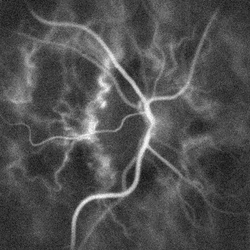| Display title | Physics:Laser Doppler imaging |
| Default sort key | Laser Doppler imaging |
| Page length (in bytes) | 10,884 |
| Namespace ID | 3020 |
| Namespace | Physics |
| Page ID | 658408 |
| Page content language | en - English |
| Page content model | wikitext |
| Indexing by robots | Allowed |
| Number of redirects to this page | 0 |
| Counted as a content page | Yes |
| Page image |  |
| HandWiki item ID | None |
| Edit | Allow all users (infinite) |
| Move | Allow all users (infinite) |
| Page creator | imported>Steve Marsio |
| Date of page creation | 06:04, 5 February 2024 |
| Latest editor | imported>Steve Marsio |
| Date of latest edit | 06:04, 5 February 2024 |
| Total number of edits | 1 |
| Recent number of edits (within past 90 days) | 0 |
| Recent number of distinct authors | 0 |
Description | Content |
Article description: (description)
This attribute controls the content of the description and og:description elements. | Laser Doppler imaging (LDI) is an imaging method that uses a laser beam to scan live tissue. When the laser light reaches the tissue, the moving blood cells generate doppler components in the reflected (backscattered) light. The light that comes back is detected using a photodiode that converts it into... |

